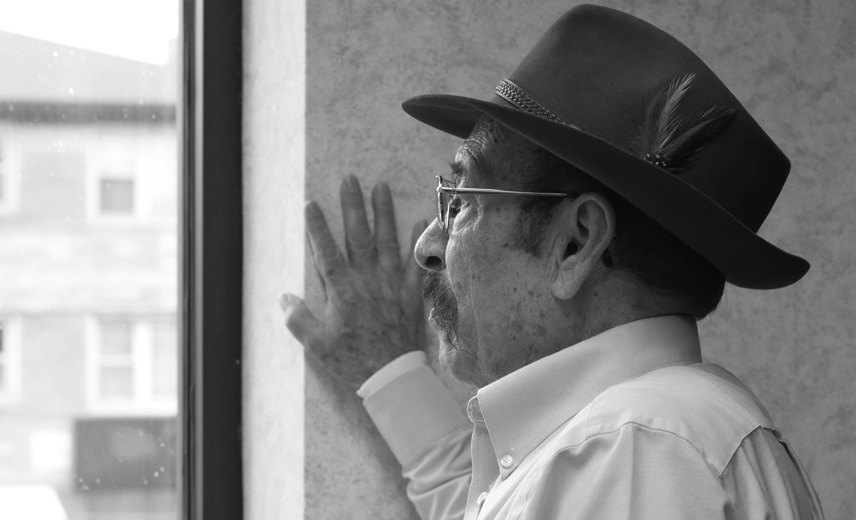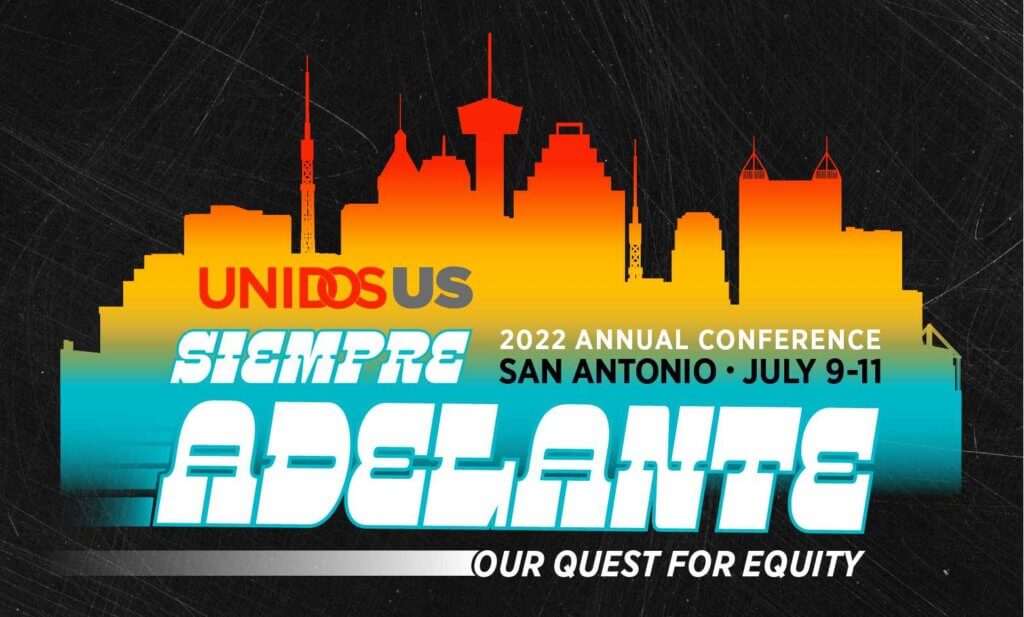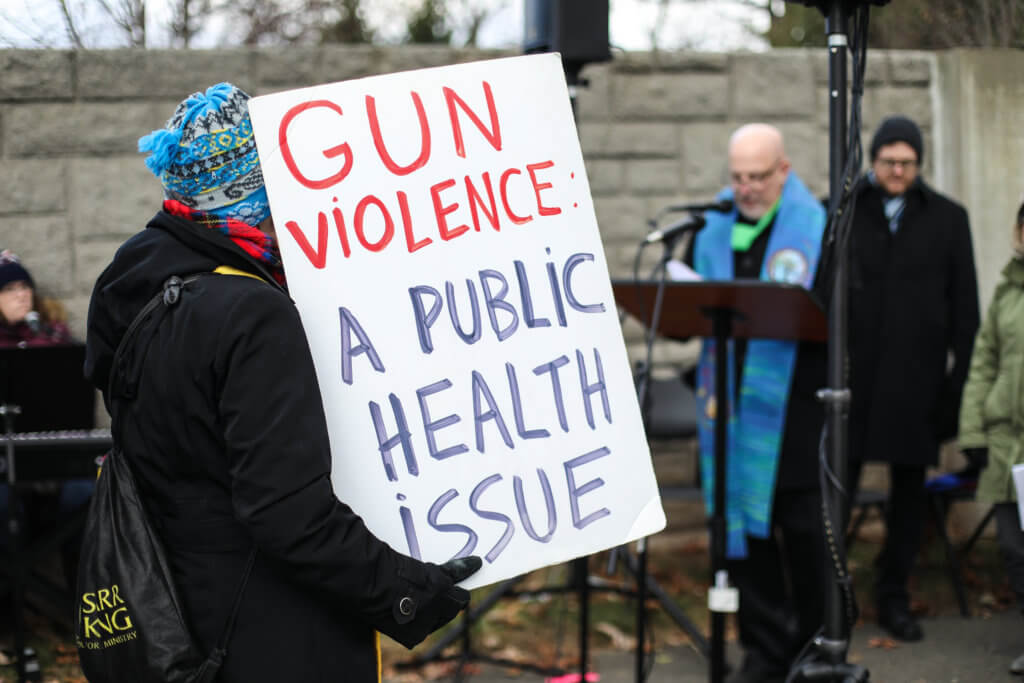Evidence-Based Practices and Mental Health among Latino Youth: A Review of the Issues
By Patricia Foxen, PhD, Deputy Director of Research, NCLR
 It is safe to assume that people who are concerned with the well-being of Latino families and youth—whether those people be policymakers, funders, advocates, clinicians, or community members—support effective, research-based mental health programs for Latinos. What is less clear is what that research and those programs look like. For nearly two decades, there has been push-and-pull between supporters of mainstream evidence-based practices (EBPs)—mental health treatments that have been proven to be effective through scientific study—and proponents of culturally centered interventions. These are programs that are designed to meet the mental health needs of particular groups, such as Latinos, within their environments and communities.
It is safe to assume that people who are concerned with the well-being of Latino families and youth—whether those people be policymakers, funders, advocates, clinicians, or community members—support effective, research-based mental health programs for Latinos. What is less clear is what that research and those programs look like. For nearly two decades, there has been push-and-pull between supporters of mainstream evidence-based practices (EBPs)—mental health treatments that have been proven to be effective through scientific study—and proponents of culturally centered interventions. These are programs that are designed to meet the mental health needs of particular groups, such as Latinos, within their environments and communities.
The idea of having a body of EBPs is alluring to many stakeholders because, ideally, it promotes clear-cut standards, measurable outcomes, and high-quality services. A very popular EBP in mental health, for example, is cognitive-based therapy, which has been shown to be an efficacious and cost-effective treatment for a range of mental health and behavioral problems across different groups, including Latino youth.
However, some important critiques of EBPs have been mounted over the years, particularly as they apply to communities of color. These critiques are important to heed, as they may help explain why major mental health disparities for communities of color continue to exist.
 Early critics argued, for example, that the EBP research base has tended to exclude or limit the number of minorities, and should therefore not be generalized to non-White populations. A second major criticism has been that because EBPs assume a direct path from the scientific research to the much messier world of community-based care, they downplay significant cultural and contextual factors and are too “top-down.” In Latino communities, such contextual factors can include issues related to poverty, trauma, immigration, and discrimination, as well as particular beliefs and value systems. All of these factors shape the ways in which mental health issues are manifested; they also influence how people access, understand, and respond to different treatments.
Early critics argued, for example, that the EBP research base has tended to exclude or limit the number of minorities, and should therefore not be generalized to non-White populations. A second major criticism has been that because EBPs assume a direct path from the scientific research to the much messier world of community-based care, they downplay significant cultural and contextual factors and are too “top-down.” In Latino communities, such contextual factors can include issues related to poverty, trauma, immigration, and discrimination, as well as particular beliefs and value systems. All of these factors shape the ways in which mental health issues are manifested; they also influence how people access, understand, and respond to different treatments.
The good news is that in the last decade, there have been efforts to bridge these different perspectives. Some experts have proposed modifying or enhancing existing EBPs to make them more compatible with a client’s language, culture, and values. For Latinos, such cultural adaptations range from more surface changes such as providing Spanish-language translators, to deeper cultural modifications such as incorporating the extended family, or integrating particular traditions such as cuentos, into mental health interventions. A growing number of experts have proposed more deeply-rooted community-based approaches that draw directly from local cultural knowledge, traditions, and leaders in the development and evaluation of mental health services.
Leading Hispanic researchers have been documenting and assessing the various types of mental health interventions that are currently being used with Latino youth in different parts of the country. Such research shows that interventions are especially useful when framed within a public health approach that takes into account environmental risk and protective factors. For a number of mental health problems, treatments that focus on family—that is, on parents, children, and family dynamics—are often most effective for Latinos.
Clearly, efforts should be made to expand the knowledge base of evidence-based practices to include new promising and creative examples of treatments for Latino families. Moreover, as Dr. Margarita Alegria, Director of Multicultural Health at the Cambridge Health Alliance, recently stated, the evaluation of particular mental health programs should be done at a community level, rather than at the individual patient level. For it is only by evaluating psychosocial health within real-life contexts that we will be able to judge and improve the effectiveness of services and social policies.


